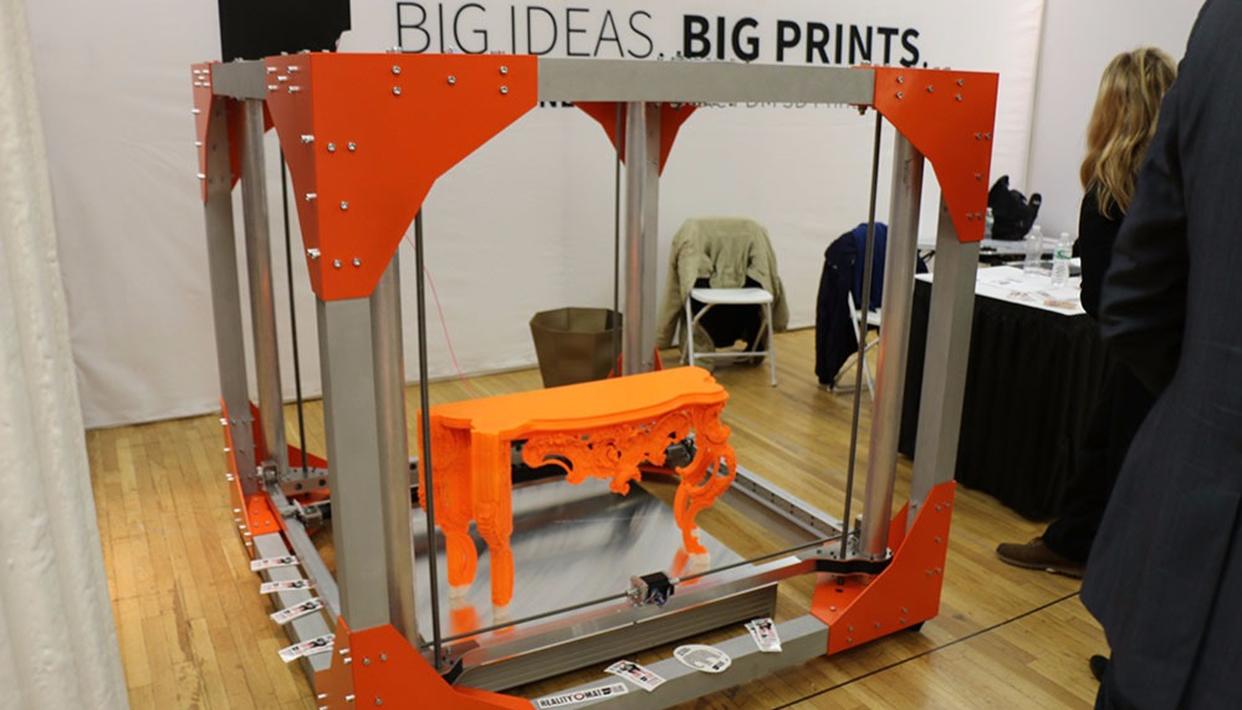November 29, 2017: MIT engineers have developed a new desktop three-dimensional (3D) printer that performs up to 10 times faster than existing commercial counterparts.
Whereas the most common printers may fabricate a few Lego-sized bricks in one hour, the new design can print similarly sized objects in just a few minutes, researchers said.
The key to the team’s nimble design lies in the printer’s compact printhead, which incorporates two new, speed- enhancing components: a screw mechanism that feeds polymer material through a nozzle at high force; and a laser, built into the printhead, that rapidly heats and melts the material, enabling it to flow faster through the nozzle.
In the research published in the journal Additive Manufacturing, the team demonstrated its new design by printing various detailed, handheld 3D objects, including small eyeglasses frames, from start to finish, within several minutes.
The new printer demonstrates the potential for 3D printing to become a more viable production technique, said Anastasios John Hart, associate professor at Massachusetts Institute of Technology (MIT) in the US.
“If I can get a prototype part, maybe a bracket or a gear, in five to 10 minutes rather than an hour, or a bigger part over my lunch break rather than the next day, I can engineer, build, and test faster,” said Hart.
“If I am a repair technician and I could have a fast 3D printer in my vehicle, I could 3D-print a repair part on- demand after I figure out what is broken. I do not have to go to a warehouse and take it out of inventory,” Hart said.
The new printer may find “applications in emergency medicine, and for a variety of needs in remote locations. Fast 3D printing creates valuable new ways of working and enables new market opportunities,” he said.
Hart and Jamison Go, a former graduate researcher in Hart’s lab, set out to identify the underlying causes limiting the speed of the most common desktop 3D printers, which extrude plastic, layer by layer, in a process referred to in the industry as “fused filament fabrication.”
“Every year now, hundreds of thousands of desktop printers that use this process are sold around the world,” Hart said.
“One of the key limitations to the viability of 3D printing is the speed at which you can print something,” said Hart.







